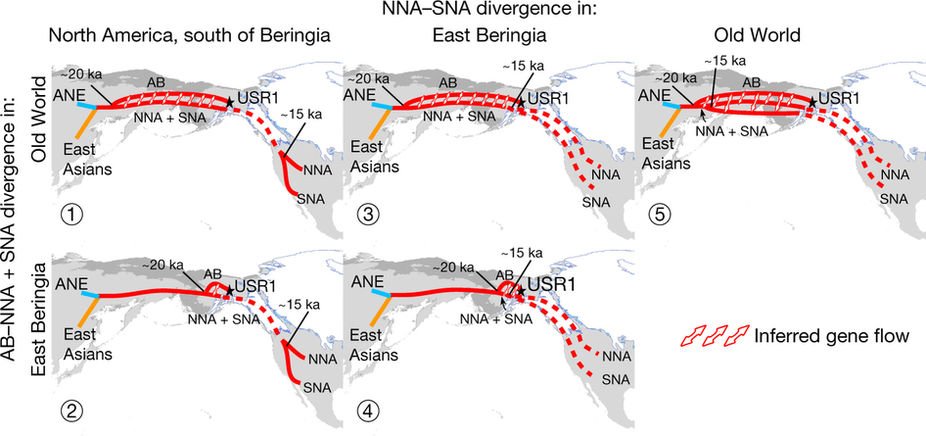New article, Terminal Pleistocene Alaskan genome reveals first founding population of Native Americans, by Moreno-Mayar et al.
Abstract:
… Read the rest “Long-term genetic structure in ancestral Native Americans, consistent with the Beringian ‘standstill model’”Despite broad agreement that the Americas were initially populated via Beringia, the land bridge that connected far northeast Asia with northwestern North America during the Pleistocene epoch, when and how the peopling of the Americas occurred remains unresolved. Analyses of human remains from Late Pleistocene Alaska are important to resolving the timing and dispersal of these populations. The remains of two infants were recovered at Upward Sun River (USR), and have been dated to around 11.5 thousand years ago (ka). Here,

